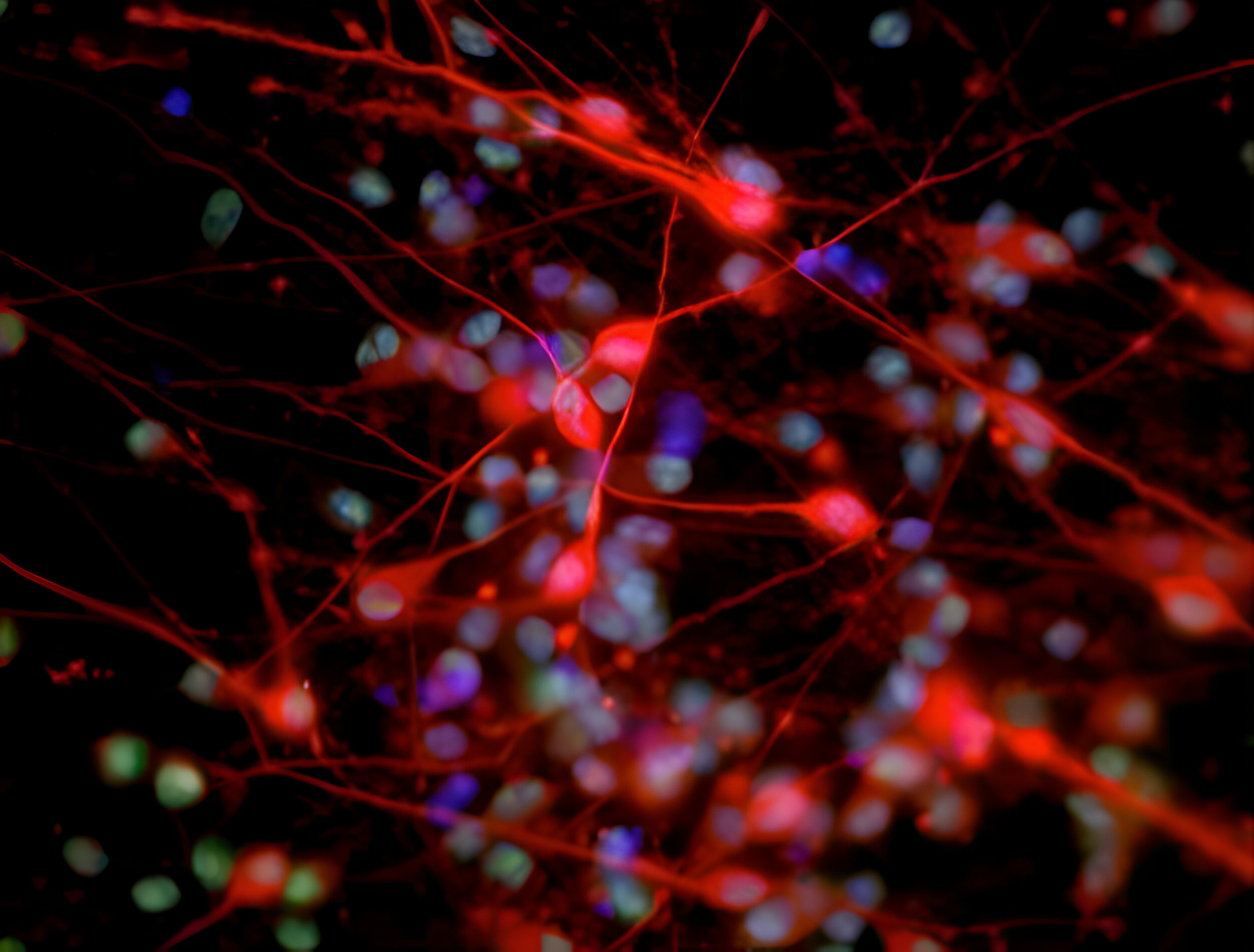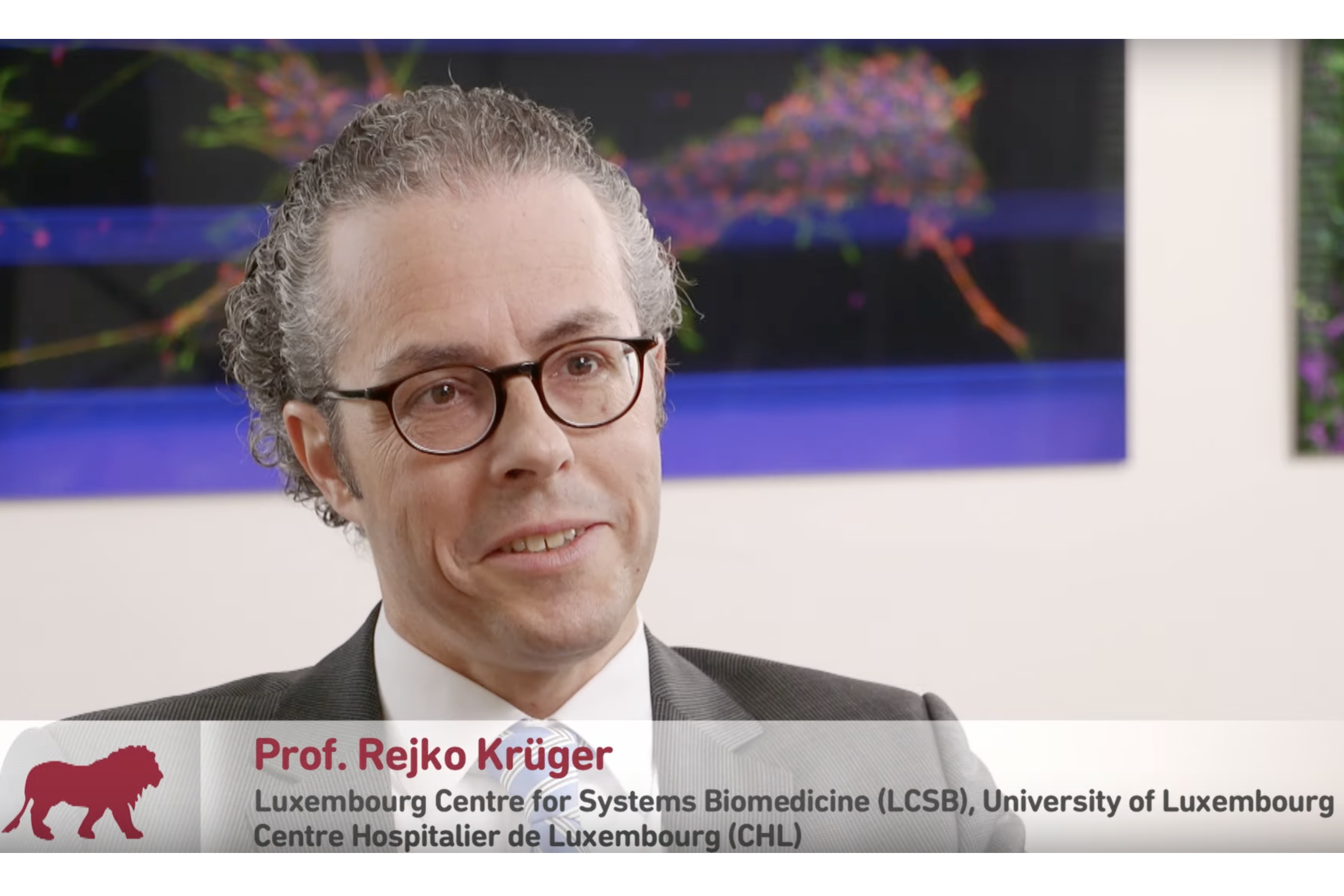A glimpse into our research
We investigate mechanisms of neurodegeneration and define first entry points to screen for disease-modifying compounds using patient-derived induced pluripotent stem cells for developing strategies on precision medicine.
The clinical research focus is part of the National Centre for Excellence in Research on Parkinson’s Disease (NCER-PD), supported by the Luxembourg National Research fund (FNR).

